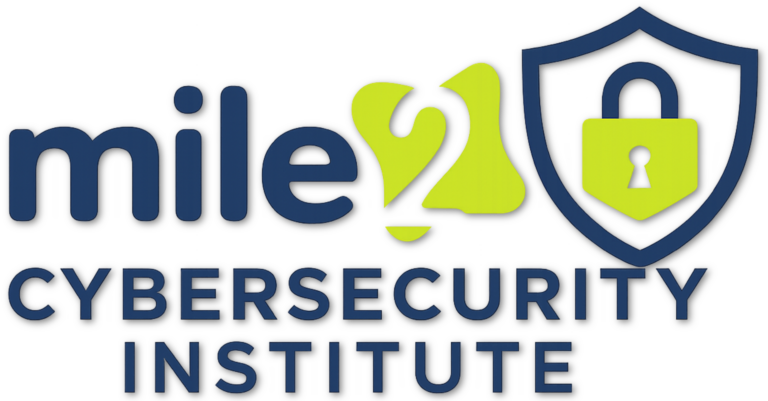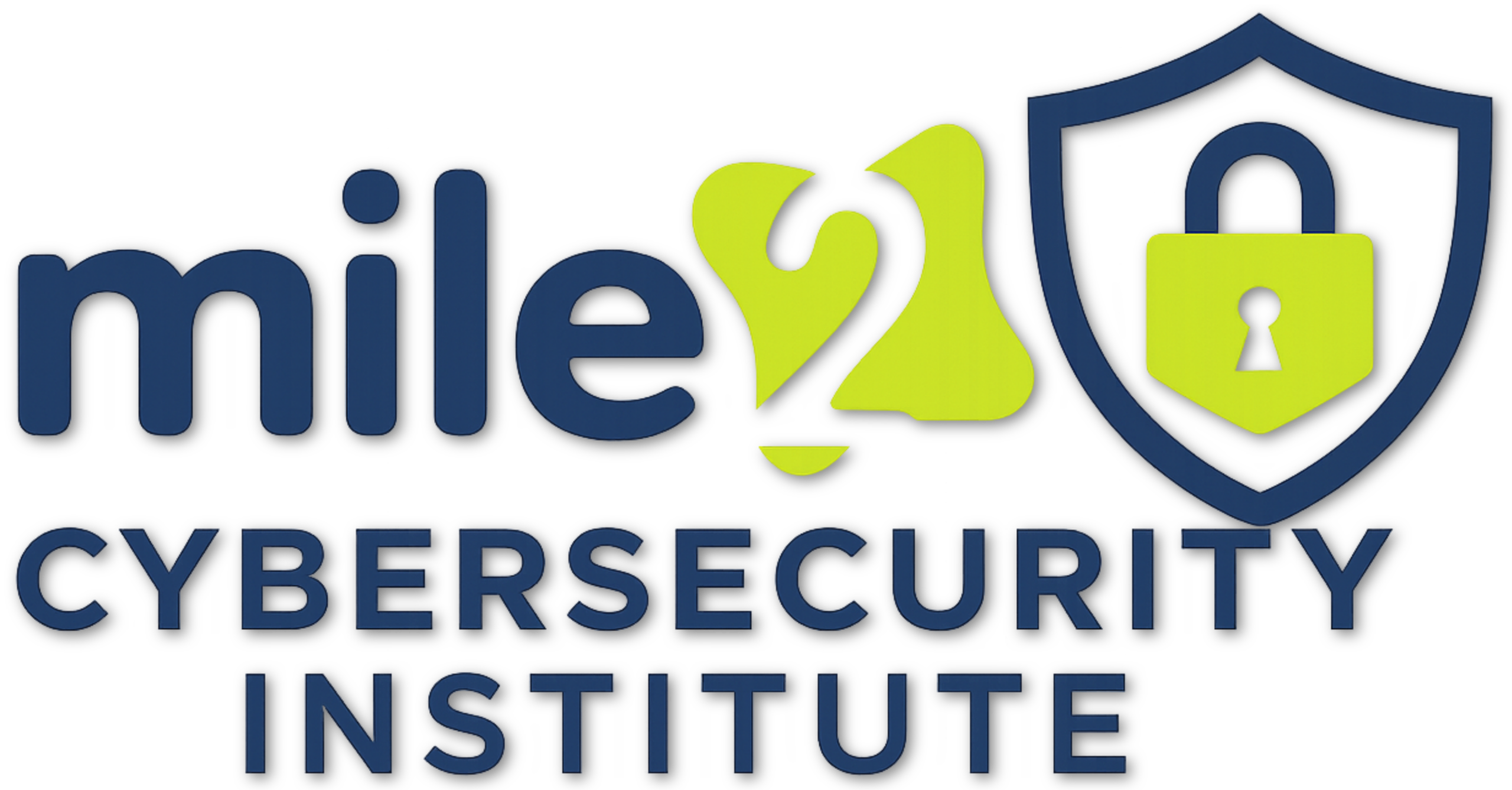OCU C)OST C Discussion Lesson 05
Tagged: Encryption
- This topic has 10 replies, 6 voices, and was last updated 8 months, 2 weeks ago by
Misty Stewart.
-
AuthorPosts
-
-
April 4, 2022 at 12:19 pm #66441
Jessica Jagerson
KeymasterExplain at least three different encryptions and when it would be appropriate to use them.
-
April 18, 2025 at 11:50 pm #104695
Carlos Martes
ParticipantSo there are several types of encryption used to protect data, each suited to different scenarios. One is Advanced Encryption Standard (AES) which is a symmetric encryption method meaning the same key is used to both encrypt and decrypt data. It’s ideal for securing data to rest, such as files stored on a hard drive or customer information in a database. Next is Rivest Shamir-Adleman (RSA) which is a asymmetric encryption method that uses a public key for encryption and a private key for decryption. This makes it well suited to securely transmitting data over the internet, like encrypting emails or setting up secure website connections through HTTPS. Last is Elliptic Curve Cryptography. It is another asymmetric encryption technique that provides strong security with smaller key sizes, making it highly efficient. ECC is especially appropriate for use in mobile devices, IoT systems, and cryptocurrency applications where computing power and battery life are limited. Each encryption method has it’s strength and is chosen based on specific needs of the situation.
-
April 20, 2025 at 10:24 pm #104712
Isabelle Tubbs
ParticipantHello, Carlos! Nice work on your explanation of AES, RSA, and ECC. Elliptic Curve Cryptography was a type of encryption I did not encounter before this discussion, so it was interesting to learn about it from your post. It makes sense for smaller devices to have a specific type of encryption for data, especially with the widespread use of mobile devices today.
-
-
April 20, 2025 at 1:08 am #104707
Cameron Tackett
ParticipantEncryptions were really interesting to me. I did not realize there were so many different “styles” if you will. RSA or Rivest Shamir Adleman could be used to submit data over the internet. It lets the input of data be “password free”. However, the end user or receiving side need a “pass word” to be able to get the data. This way you have control over who is able to open/view the data you are sending out. Websites is a great place for this to be used, or emails. ECC has a smaller size, meaning it is great for less powerful machines like cell phones or tablets. The next one that peaked my interest was AES I could see this being used in a business setting where data is being exchanged with servers/or storage systems. That way it takes special access to input and export. I could also see this being used as a way for a potential contractor to make sure that a customers data is secure between both contractor and supplier.
-
April 21, 2025 at 4:20 pm #105498
Carlos Martes
ParticipantHello Cameron! AES is also an encryption in which i find quite interesting because it is indeed one of the most widely used encryption algorithms today. Another fun fact i learned about AES is that there are no known practical vulnerabilities that allow attackers to decrypt AES without the key. i can see how there could be some theoretical side channel attacks that can happen, but those initially require physical access to the device and very specific conditions. Good input altogether!
-
April 22, 2025 at 6:47 pm #105530
Misty Stewart
ParticipantHi Cameron, Thank you for your post. Indeed, there are various encryption methods, each with its unique advantages and applications. RSA is widely used for secure data transmission over the internet, allowing for password-free input while ensuring that only authorized recipients can access the data with a password. This makes it ideal for websites and emails. Encryption plays a crucial role in maintaining data security and privacy. Thank you for the information!
-
-
April 20, 2025 at 9:16 pm #104710
Misty Stewart
ParticipantSymmetric encryption uses the same key for both encryption and decryption. This method is fast and efficient, making it suitable for encrypting large amounts of data. AES (Advanced Encryption Standard) is a widely used symmetric encryption algorithm. Symmetric encryption is appropriate for scenarios where the key can be securely shared between parties, such as encrypting data at rest on a hard drive or securing communication within a closed network. Asymmetric encryption, also known as public-key encryption, uses a pair of keys: a public key for encryption and a private key for decryption. This method is more secure for transmitting data over insecure channels, as the public key can be shared openly while the private key remains confidential. RSA (Rivest-Shamir-Adleman) is a popular asymmetric encryption algorithm. Asymmetric encryption is appropriate for scenarios such as securing email communication, digital signatures, and establishing secure connections over the internet. Hashing is a one-way encryption method that converts data into a fixed-length hash value. Hashing is not reversible, meaning the original data cannot be retrieved from the hash value. SHA (Secure Hash Algorithm) is a common hashing algorithm. Hashing is appropriate for scenarios where data integrity needs to be verified, such as storing passwords securely, ensuring data integrity in file transfers, and creating digital fingerprints for documents. These encryption methods play a crucial role in protecting sensitive information and ensuring secure communication in various contexts.
-
April 21, 2025 at 8:28 pm #105505
Teisha Nolen
ParticipantHi Misty!
This is a great summary of a few different encryption methods. I loved how you explained several different types of encryptions, as well as giving some applications for both Symmetric and Asymmetric encryption. Asymmetric encryption would seem to be the best choice from a security standpoint, but because of the resources needed, sending large sets of data by this method isn’t usually feasible. I was struggling to understand the application of Asymmetric Encryption, so I love how you have provided real-world examples of when that method would apply.
-
-
April 20, 2025 at 10:16 pm #104711
Isabelle Tubbs
ParticipantEncryptions are vital for securing data because they scramble that data using an encryption algorithm, which often involves the use of a pre-shared key (PSK) to secure, unlock, and unscramble the information. Three types of encryptions include RSA, 3DES, and AES. RSA (Rivest-Shamir-Adleman) encryption uses cryptography algorithms with two keys and are great to use with VPNs and services with email and communication (Human, 2023). Its purpose is based more on the type of information that needs to be secured rather than the type of organization. 3DES (Triple Data Encryption Standard) encryption, which can use two keys or three keys, uses a process of encrypting, decrypting, and encrypting again; it is often used for financial companies (Human, 2023). Finally, AES (Advanced Encryption Standard) encryption uses a block cipher that is symmetric and should mainly be used for classified data, like data from large organizations or the government (Human, 2023).
References
Human, H. (2023, February 2). Types of Encryption [Explanations, Examples, Significance] https://review42.com/resources/types-of-encryption/ -
April 21, 2025 at 8:23 pm #105504
Teisha Nolen
ParticipantEncryption is a code of sorts that is put in place as an attempt to keep private the data that we are sending over the internet. I say “as an attempt” because just like any other code, encryption code can be cracked by those who know what to look for. Encryption falls into one of 2 main categories: Symmetric Encryption, meaning the same key can be used for both encryption and decryption, and Asymmetric Encryption, meaning an encrypted message cannot be decrypted using the same key. At first glance, one would think that Asymmetric Encryption would be the better type to use, however, this type of encryption uses a lot of resources, and therefore can be impractical for large amounts of data.
Some of the more common types of encryptions are AES (Advanced Encryption Standard), IPsec (Internet Protocol Security), and RSA (named after its inventors, Rivest, Shamir, and Adleman). AES is a symmetric encryption that encrypts data in 128-bit blocks and then arranges them in a grid to further complicate decryption. This type of encryption is used for most end-to-end encryption applications.
IPsec is an encryption method commonly used for VPNs, such as the one that I use to work remotely in my current role. The purpose of IPsec is to provide privacy and data integrity using a process called “hashing algorithms.”
RAS is a secure method of encryption that multiplies large prime numbers to create an encryption key.
As you can see, there are many different encryption methods, keeping the data we send safe. As technology (as well as hackers) continues to evolve, I imagine we will continue to see encryption methods evolve as well.
Hauk, C. (2021, May 31). Common encryption types explained. Pixel Privacy. https://pixelprivacy.com/information-security/common-encryption-types-explained/
-
April 21, 2025 at 11:30 pm #105512
Cameron Tackett
ParticipantTeisha,
Firstly, I enjoyed reading your post. I did not know the IPsec information, and that it went so commonly with VPN’s. After reading your input on it. It made perfect sense. I think it is funny how just a little bit more input on something can really make things “pop” inside your brain. Something I believe it will be very interesting to see what kind of encryption follows VPN’s and what kind of hardware will be developed to help either the ease of use. For not Tech savvy people. Or to help with the administration duties as well.
-
-
-
AuthorPosts
- You must be logged in to reply to this topic.


